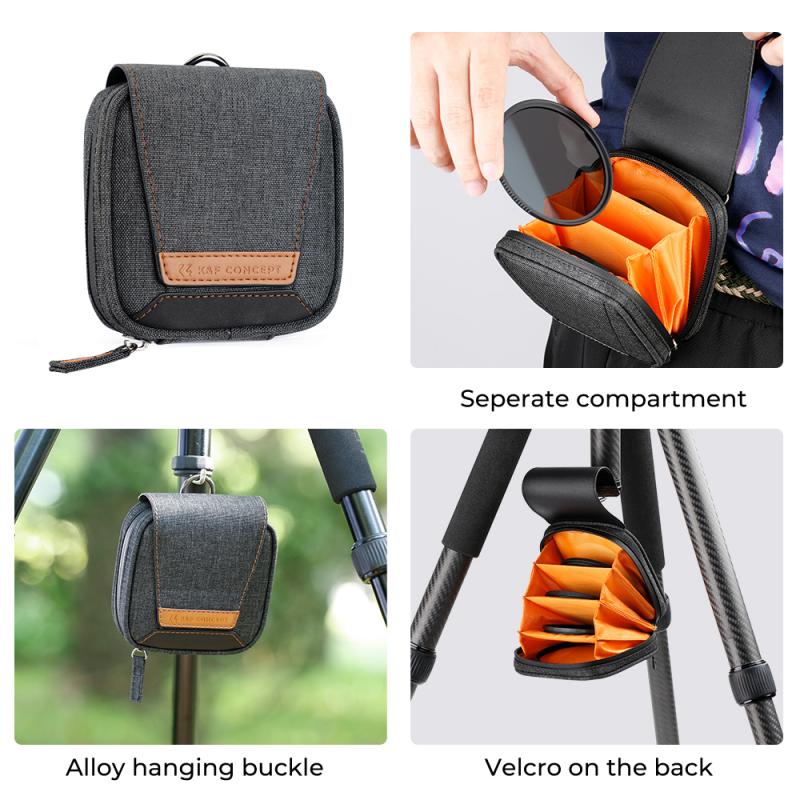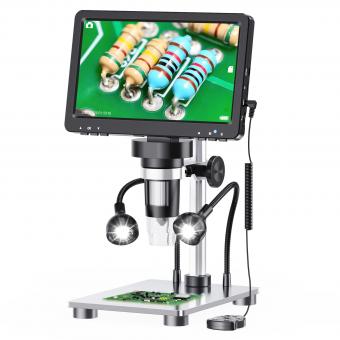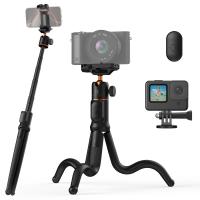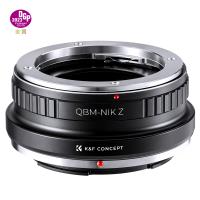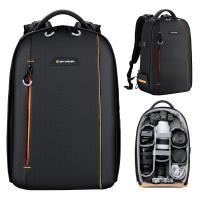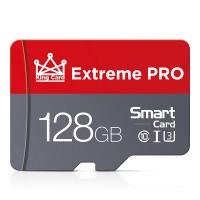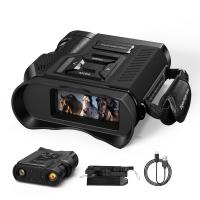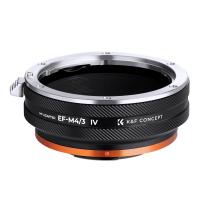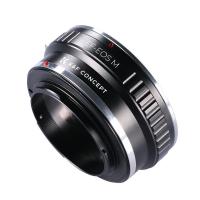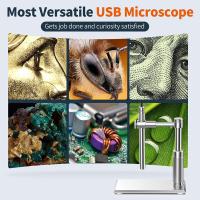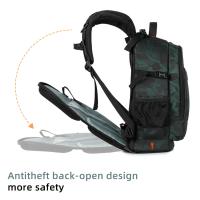Digital Camera What Size Sensor ?
The size of a digital camera sensor can vary depending on the model and type of camera. Common sensor sizes include full-frame (36mm x 24mm), APS-C (23.6mm x 15.6mm), Micro Four Thirds (17.3mm x 13mm), and 1-inch (13.2mm x 8.8mm). The sensor size plays a crucial role in determining image quality, low-light performance, depth of field, and overall camera size. Larger sensors generally offer better image quality and low-light performance, while smaller sensors are often found in compact cameras and smartphones.
1、 Sensor Types: CCD vs. CMOS - Pros and Cons
When it comes to digital cameras, one of the key factors that determines image quality is the size of the sensor. The sensor is the part of the camera that captures light and converts it into a digital image. There are two main types of sensors used in digital cameras: CCD (Charge-Coupled Device) and CMOS (Complementary Metal-Oxide-Semiconductor).
CCD sensors have been around for a long time and were the dominant sensor technology in digital cameras for many years. They are known for their high image quality, especially in low-light conditions. CCD sensors have larger pixels, which allow them to capture more light and produce less noise in the image. However, CCD sensors tend to consume more power and are slower in terms of readout speed.
On the other hand, CMOS sensors have gained popularity in recent years due to their lower power consumption and faster readout speeds. CMOS sensors are also more cost-effective to produce, which has made them the preferred choice for many camera manufacturers. However, CMOS sensors traditionally had lower image quality compared to CCD sensors, especially in low-light conditions.
In recent years, CMOS sensor technology has improved significantly, and the gap in image quality between CCD and CMOS sensors has narrowed. Many high-end digital cameras now use CMOS sensors that can rival or even surpass the image quality of CCD sensors. CMOS sensors also offer additional advantages such as the ability to capture video and faster continuous shooting speeds.
In conclusion, the size of the sensor is an important factor in determining the image quality of a digital camera. While CCD sensors were traditionally known for their superior image quality, CMOS sensors have caught up and now offer comparable performance. The choice between CCD and CMOS sensors ultimately depends on the specific needs and preferences of the photographer.
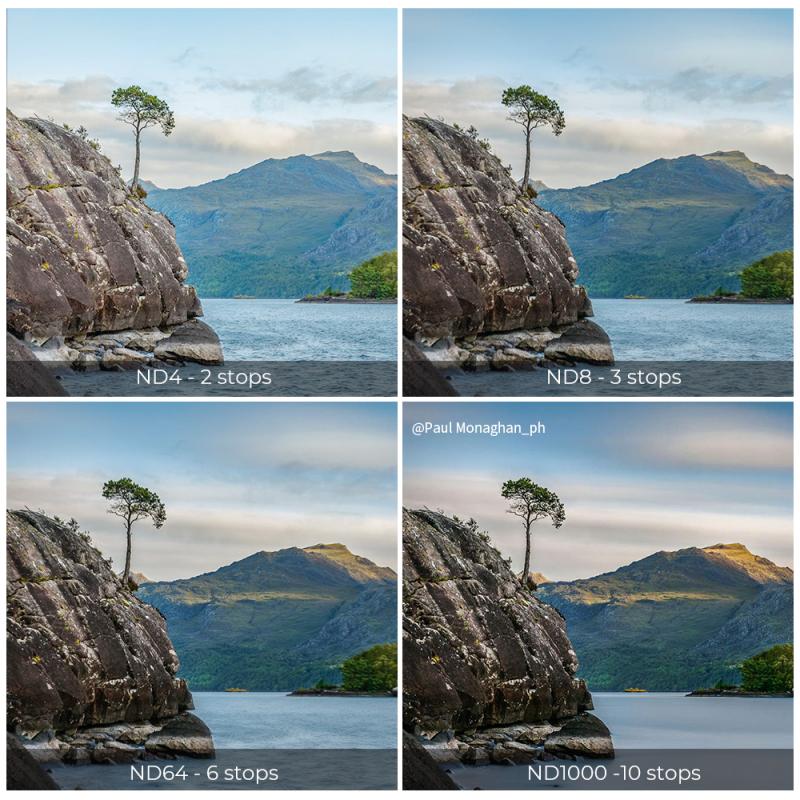
2、 Full-Frame Sensors: Advantages and Disadvantages
A full-frame sensor is the largest sensor size available in digital cameras. It is equivalent to the size of a 35mm film frame, measuring approximately 36mm x 24mm. Full-frame sensors offer several advantages over smaller sensor sizes, but they also come with some disadvantages.
One of the main advantages of a full-frame sensor is its superior image quality. The larger sensor size allows for larger individual pixels, which results in better light gathering capabilities and improved dynamic range. This means that full-frame cameras can capture more detail, especially in low-light situations, and produce images with less noise.
Another advantage of full-frame sensors is their shallower depth of field. With a larger sensor, photographers can achieve a more pronounced background blur, also known as bokeh, which can be desirable for portrait and macro photography.
Additionally, full-frame cameras often have better overall performance, including faster autofocus and higher burst rates. They also tend to have more advanced features and better build quality.
However, there are some downsides to full-frame sensors. The most obvious one is the cost. Full-frame cameras and lenses are generally more expensive than their APS-C or Micro Four Thirds counterparts. They are also larger and heavier, which can be a disadvantage for photographers who prioritize portability.
Furthermore, the larger sensor size can make it more challenging to achieve a deep depth of field, which may be a disadvantage for landscape or architectural photographers who often want everything in focus.
In recent years, there has been a growing trend towards smaller mirrorless cameras with APS-C or Micro Four Thirds sensors. These cameras offer a more compact and lightweight alternative without compromising too much on image quality. However, full-frame sensors still hold a significant advantage in terms of overall image quality and low-light performance.
In conclusion, full-frame sensors offer superior image quality, better low-light performance, and shallower depth of field compared to smaller sensor sizes. However, they come with a higher price tag, larger size, and potential limitations in achieving deep depth of field. The choice between full-frame and smaller sensor sizes ultimately depends on the photographer's specific needs and preferences.

3、 APS-C Sensors: Benefits and Limitations
A digital camera with an APS-C sensor is a popular choice among photographers due to its benefits and limitations. APS-C sensors are smaller than full-frame sensors but larger than micro four-thirds sensors, offering a good balance between image quality and portability.
One of the main advantages of APS-C sensors is their ability to capture high-quality images with excellent detail and dynamic range. The larger sensor size allows for larger individual pixels, resulting in better low-light performance and reduced noise levels. This makes APS-C cameras suitable for various photography genres, including landscape, portrait, and street photography.
Another benefit of APS-C sensors is their crop factor. With a crop factor of around 1.5x or 1.6x, APS-C cameras effectively extend the focal length of lenses. This can be advantageous for telephoto photography, as it allows for greater reach without the need for expensive, long lenses. However, it also means that wide-angle lenses have a narrower field of view, which may not be ideal for certain types of photography.
Despite their advantages, APS-C sensors do have some limitations. One of the main drawbacks is their reduced ability to produce shallow depth of field compared to full-frame sensors. This is because the smaller sensor size requires wider apertures to achieve the same depth of field effect. Additionally, APS-C sensors may struggle with capturing fine details in high-resolution images, as the smaller pixels can lead to more noise and less overall sharpness.
In recent years, advancements in technology have improved the performance of APS-C sensors. Manufacturers have been able to increase the megapixel count while maintaining good image quality and low-light capabilities. Additionally, the introduction of advanced autofocus systems and image processors has further enhanced the overall performance of APS-C cameras.
In conclusion, a digital camera with an APS-C sensor offers a compelling combination of image quality, portability, and affordability. While it may have some limitations compared to full-frame sensors, the latest advancements in technology have made APS-C cameras a viable choice for both amateur and professional photographers.
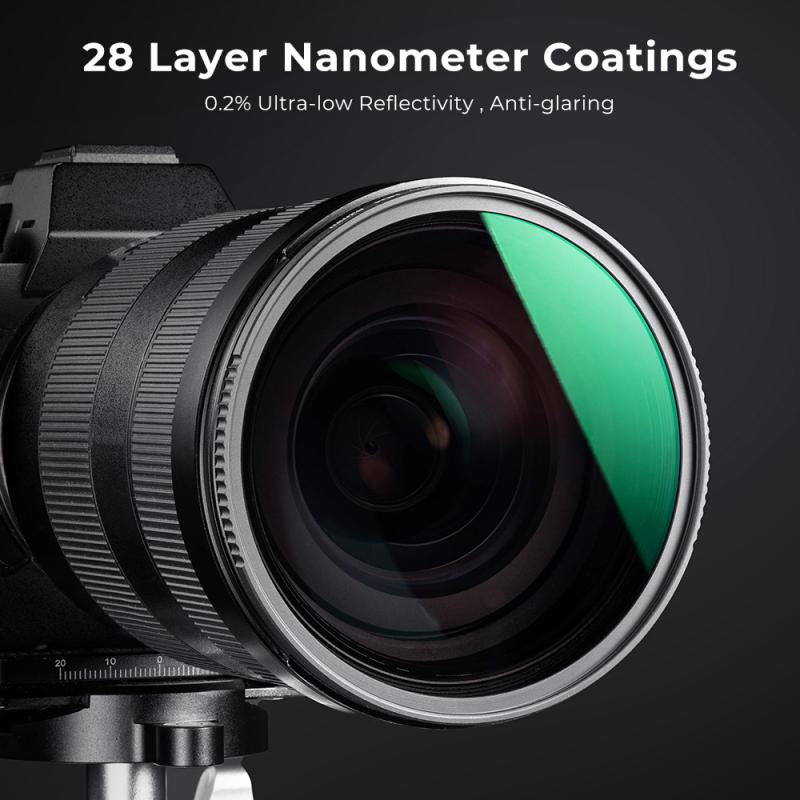
4、 Micro Four Thirds Sensors: Features and Applications
A digital camera with a Micro Four Thirds sensor is equipped with a sensor that measures approximately 17.3 x 13 mm in size. This sensor size is smaller than those found in full-frame or APS-C cameras but larger than the sensors commonly used in compact cameras or smartphones.
Micro Four Thirds sensors offer several advantages. Firstly, their smaller size allows for more compact and lightweight camera bodies, making them ideal for travel and street photography. Additionally, the smaller sensor size enables the use of smaller lenses, further contributing to the overall portability of the camera system.
Despite the smaller sensor size, Micro Four Thirds cameras are known for their excellent image quality. The technology has advanced significantly over the years, with improvements in sensor sensitivity, dynamic range, and noise reduction. Many Micro Four Thirds cameras now offer high-resolution sensors, allowing for detailed and sharp images.
Another advantage of Micro Four Thirds sensors is their versatility. The smaller sensor size results in a 2x crop factor, meaning that lenses have a narrower field of view compared to full-frame cameras. This can be advantageous for telephoto photography, as it effectively extends the reach of the lens. Additionally, the smaller sensor size allows for greater depth of field, making it easier to achieve sharp focus throughout the image.
In recent years, there has been a rise in popularity of mirrorless cameras, and Micro Four Thirds systems have been at the forefront of this trend. With advancements in technology and the introduction of new camera models, Micro Four Thirds sensors continue to offer a compelling option for photographers seeking a balance between image quality, portability, and versatility.
